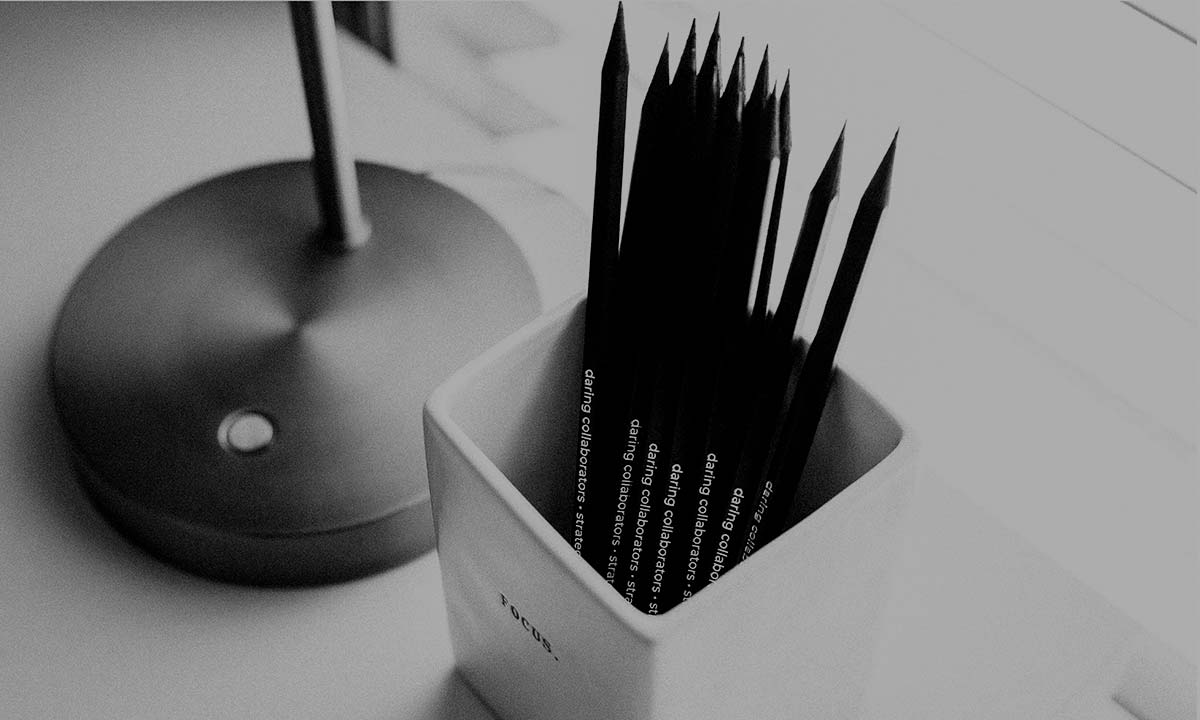The Undeniable #Power of the Hashtag
The pound sign. For many years, it was used only in typing out curse slang or while connecting with an automated system when calling your bank. But for the last ten years, the pound sign – aka the number sign, gate or octothorpe – has become well-known far beyond the reaches of early communicators’ imaginations in the form of THE HASHTAG.
Defined by Merriam-Webster as “a word or phrase preceded by the # symbol that classifies or categorizes the accompanying text,” the hashtag has grown from its humble beginnings on Twitter in 2007 to being recognized by 85 percent of the top 50 websites by traffic in the world.
As the Dewey Decimal System of social media, the most important thing to keep in mind when using hashtags is how people use the social media platforms where you’re posting. For example, people rarely search keywords on Facebook or Twitter to find more content about those topics. But on Instagram, keyword searches in the form of hashtag searches run rampant. If you need more reason for cleaning up your hashtag game, here are a few tips from the pros.
Facebook: Keep your posts simple by using hashtags sparingly. Not only do they make the posts look junky, they also have very little use in the world of Facebook. Due to most people’s privacy settings they aren’t searchable, and as we mentioned above, that’s not how people use Facebook. You might see brands doing hashtag giveaways on Facebook, but they’ll have a tough time when it comes to drawing winners. Why? Because only a fraction of the people who are using a hashtag to enter will be visible to the brand.
Twitter: There are two acceptable ways to use hashtags on Twitter: to tie a campaign together and to express humor. For the campaign, the reason is simple—if someone clicks the hashtag, they find the conversation surrounding the campaign. Plus, you can easily follow, share and respond to users participating in your campaign. But if you don’t want to be confined to only using campaign hashtags, it’s okay to use them to be funny (#goodluckwiththat). Brands that only use hashtags on specific #keywords aren’t getting much #bangfortheirbuck. That’s not how people use Twitter.
Instagram: This is where hashtags really pack a punch. You can use up to 30 hashtags, and people actually use them to find content they might like. Choose carefully. Choose words that could lead people to your brand and watch your engagement flourish. It’s common practice to stick those in the first comment of the post, as they’re still searchable there and don’t clutter your content. Also, you can place hashtags in your profile if you want people to find your brand that way. It’s really hard to mess up hashtags on Instagram, but if you don’t know what words will drive the right people to your brand, your efforts will be futile.
Another tool that brands can use to their benefit is a “branded hashtag.” This is a hashtag that is unique to an organization, and it’s particularly effective with the tourism industry, recurring events and brands that sell products. For example, an account we admire for using branded hashtags well is @VisitOKC with their use of the #SeeOKC hashtag. By putting this hashtag on their marketing materials, their website and in their social media bios, they encourage users to adopt it as they post content about visiting OKC. In turn, this is a great tool for the brand to gather user-generated content to share on their platforms.
With this basic knowledge of hashtag consumption tendencies by your platform’s audience, you’ll be able to utilize hashtag techniques to best suit your digital marketing efforts.

